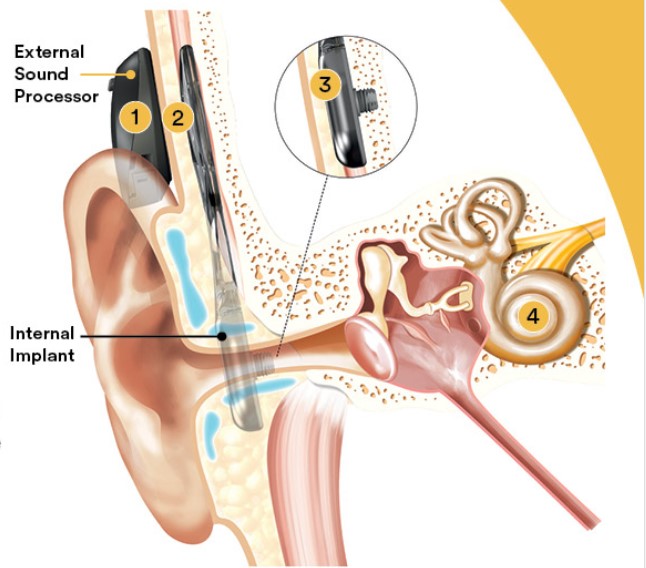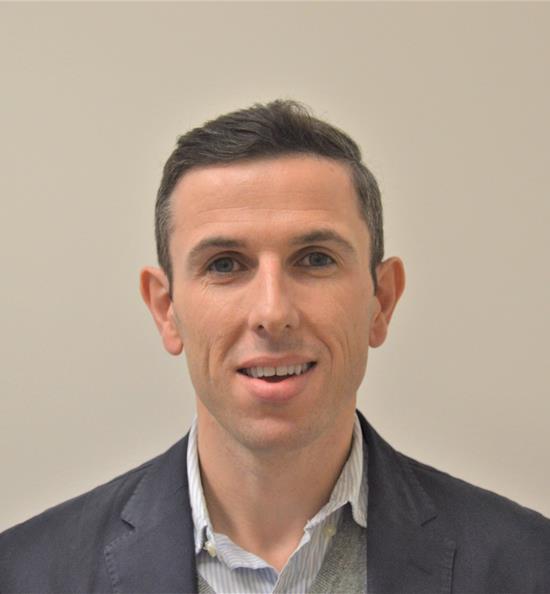Lila McKeague loves music but she hasn’t been able to actually hear it in surround sound, like people with full hearing, until now.
BC Children’s Hospital audiologists will be switching on Lila’s new implant July 20. The 10-year-old and her dad, Tim, are flying in from Cranbrook for the appointment.
“I think it will be really cool to be able to hear better,” Lila says. “I have a lot of favourite songs. I’m excited to hear better in restaurants and baseball games too. I can hear people mumbling. It’s really hard because I don’t understand what they’re saying and I have to ask them to repeat things.”
Lila was born with left side microtia and ear canal atresia, a congenital abnormality, where the outer ear does not fully develop while the child is in the womb. The abnormality creates “conductive” hearing loss, meaning that sound doesn’t conduct through the ear in the typical way.

In cases like Lila’s where the outer part of the ear is small or missing, and there is no ear canal opening, children are not able to wear conventional hearing aids. The only non-surgical option is to wear a bone-conduction hearing device, which sits on the outside of the head and sends sounds to the inner ear through vibration, bypassing the outer parts of the ear.
The operation for the implant takes about 90 minutes. A small incision is made behind the ear, a hole is drilled in the skull and the insert is implanted and screwed in. The area is covered by skin again and heals within about a month. The audiologist then fits the child with a sound processor.
 “The previous types of hearing aids were worn on a soft headband,” says Dr. Mark Felton, head of the BC Pediatric Bone Conduction Hearing Implant Program here at BC Children’s. “As they get older, it’s not ideal, cosmetically. The headbands have to fit tight, are prone to feedback and can irritate the skin underneath. It only vibrates the skull through the skin, while this new implant vibrates the skull directly.”
“The previous types of hearing aids were worn on a soft headband,” says Dr. Mark Felton, head of the BC Pediatric Bone Conduction Hearing Implant Program here at BC Children’s. “As they get older, it’s not ideal, cosmetically. The headbands have to fit tight, are prone to feedback and can irritate the skin underneath. It only vibrates the skull through the skin, while this new implant vibrates the skull directly.”
The benefit is they have better localization and better sound quality.
“These children are Ok in a quiet setting, but put them in a classroom, and they can really struggle,” says Felton. “We expect this new implant will help them at school and in all areas of their lives.”
Owen Sun is nine years old and also received the new implant.
 “Sometimes the classroom was too loud and I had to turn my hearing aid off,” the Surrey resident says. “I’m excited not to have to wear a band anymore. I got headaches if it was too tight and some kids would ask me why I was wearing a headband.”
“Sometimes the classroom was too loud and I had to turn my hearing aid off,” the Surrey resident says. “I’m excited not to have to wear a band anymore. I got headaches if it was too tight and some kids would ask me why I was wearing a headband.”
For some children and youth, digital mobile devices have become tools for connecting with friends and family. With Made for iPhone technology, this implant becomes an extension of these devices, streaming sound directly to the sound processor from any compatible Apple device. No need for AirPods!
This system was released in the U.S. in 2019 and Canada in 2020.
Bringing this new technology to patients was more than two years in the making. There were delays due to the pandemic, and the team had to wait for Health Canada approval, find audiology support, train, and monitor evidence from other Osia implant operations. Children undergoing bone conduction implant surgery benefit from a team approach, with surgeons from the Otolaryngology (ENT) team: Dr. Mark Felton (Director of the B.C. Bone Conduction Implant Program) and Dr. Neil Chadha (Head of Division Pediatric Otolaryngology); and audiologists: Alison Beers ( Provincial Coordinator for B.C. Early Hearing Program) and Annie Wang (Registered Audiologist).
“This is quite a milestone for these kids,” says Felton. “This is the leading bone hearing implant for children. Their quality of life will be so much better.”
Lila and Owen were the first two children to have the procedure done here, and the surgeons have more patients booked in the coming months.
Read the story in the
Vancouver Sun and watch the Twitter video below of Lila testing out a new implant microphone with her dad as he jokes, "Can I get one of these?" The microphone can be clipped onto her teacher's collar and the sound Bluetooths to her implant for clearer lessons.
